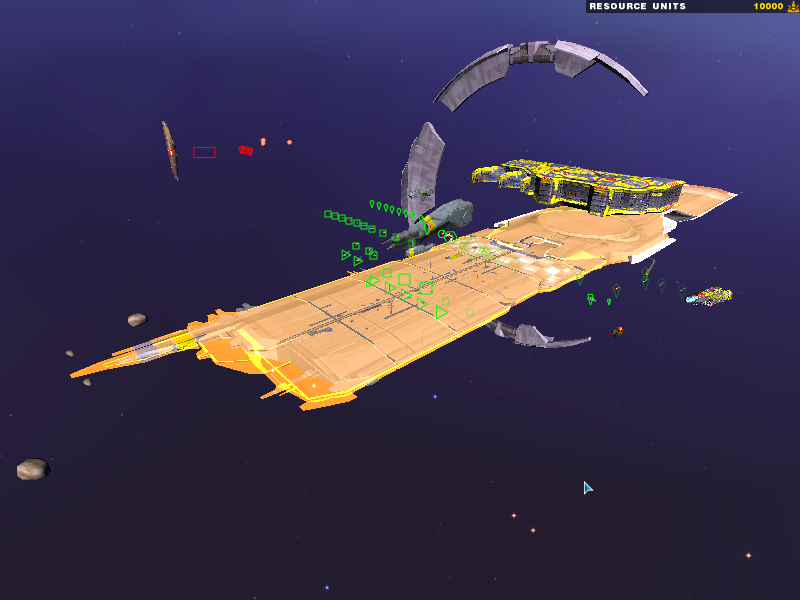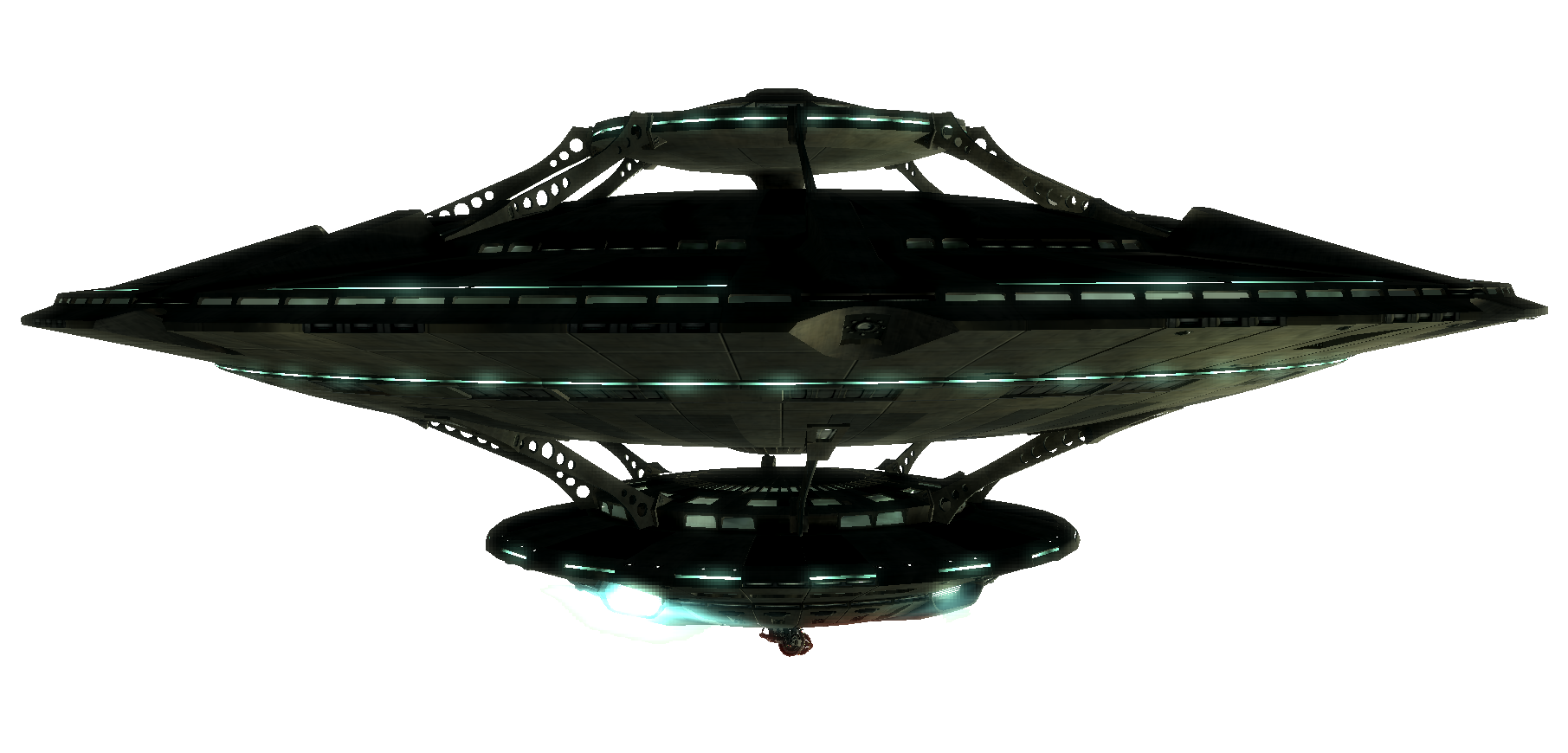

Whatever awaits us in the full campaign, I just hope that it really embraces and constantly promotes the kind of strategic terrain opportunities I saw in this demo. It’s easy to envision intricate structures that offer all sorts of opportunities for flanking tactics, or perhaps even ‘space stealth’, where ships can slip past enemy groupings thanks to a line of sight-breaking freighter. I’m fascinated to see what that approach means for the kind of combat encounters and mission objectives the story has in its later missions. Blackbird promised me that this is a game about strategy, positioning, and forward thinking over the superhuman action-per-minute gameplay many RTS games favour, and that’s deeply encouraging. The big question, then, is what Homeworld 3 is like when the pressure really mounts. It was a reasonably low-stress juggle between the two tasks, largely thanks to the exceptionally intuitive controls that somehow always accurately predict where in the 3D space you’re trying to direct your fleet. While all that happened, I had utility ships gathering keys that plugged into the wreck in order to power up the main objective: a huge hyperspace gate. While my fighters dealt with missile barrages through smart use of cover, I gradually moved my mothership forward across the wreckage of the colossal structure so that it could provide fire support from its dozen-or-so heavy weapons. Sure, it was slower and less effective, but the scenario demonstrates how new tactical opportunities can be found in this terrain.Īs an early mission in the campaign, Kesura Oasis is relatively simple. For instance, while those enemy rocket ships are hard countered by bombers, I was also abble to destroy them with a group of Interceptors who were able to flank while the missiles targeted Recon units that were hidden in cover. Suddenly units that shouldn’t stand a chance can not only survive, but actively take down ships they typically wouldn’t. That’s still true of Homeworld 3, but the cover opportunities offered by terrain adds ‘soft’ counter tactics to your overall strategy. Akin to a game of rock, paper, scissors, each unit has always had a ship it is strong against as well as one it struggles to fend off.
Homeworld 3 mothership series#
Historically, the Homeworld series has always been about hard counters. The cover opportunities offered by terrain adds 'soft' counter tactics to your overall strategy. The rocket ships were floating scrap before they were able to swing around and target their new aggressors. While the enemy ships fired salvos of missiles at those Interceptors, who survived thanks to their new cover, I was able to send a squad of bombers in from behind. I had a unit of Interceptors draw the attention of the enemy and then fly behind what developer Blackbird Interactive call a “lily pad” (effectively a floating sheet of metal). But through use of cover and flanking tactics I was able to flip the tables. In a head-on fight, my units weren’t going to stand a chance. The mission featured a number of hefty enemy ships that were able to unleash lengthy barrages of homing missiles, which tore my little Recon and Interceptor ships to pieces. This all makes for map design that’s far more rewarding to navigate than just an empty void, but it's when combat breaks out that terrain really comes into its own. It’s almost like re-creating the Death Star trench run. Better yet, you can even send groups into the wreck’s engine exhausts, which act as direct tunnels to the map’s mid-point, where your ships can then re-emerge from a fracture in the hull. Naturally for an RTS played in 3D space your fleet can travel above or below it, but the chunks the colossal ship has split to provide ‘lanes’ that fighter ships can fly through.

At distance it’s clear to see the routes your units can take around this massive terrain piece. But zoom out and you can see the mechanical logic at play in its construction. It’s an astonishing sight to behold, up-close you can see that it is painstakingly detailed with dead machinery, blinking lights, and mechanical ‘guts’ that leak out of its twisted and torn hull. A huge, fractured Star Destroyer-like ship acts as its foundation. The map design of Kesura Oasis is the star of this particular show.


 0 kommentar(er)
0 kommentar(er)
